Thailand and Cambodia have agreed to an “immediate and unconditional ceasefire” after five days of fierce clashes at their shared border left at least 33 people dead and displaced over 270,000. The announcement was made in Kuala Lumpur by Malaysian Prime Minister Anwar Ibrahim, flanked by his Thai and Cambodian counterparts.
Although Thailand initially resisted mediation, the agreement was reached after U.S. President Donald Trump threatened to halt tariff negotiations unless fighting stopped an ultimatum that forced both countries to the table.
Escalating Border Dispute Sparks Violence, Civilian Casualties, and Mass Evacuations on Both Sides
The conflict is rooted in a long-standing territorial dispute, which escalated in May when a Cambodian soldier was killed. Tensions worsened when a Thai soldier lost his leg to a landmine, prompting Thailand to close several border crossings and expel the Cambodian ambassador.
In retaliation, Cambodia banned certain imports from Thailand. The violence intensified with artillery and air strikes from Thailand and rocket fire from Cambodia, each side blaming the other for initiating the attacks. Thailand claims to have gained ground by seizing Cambodian-held hills during the assault.
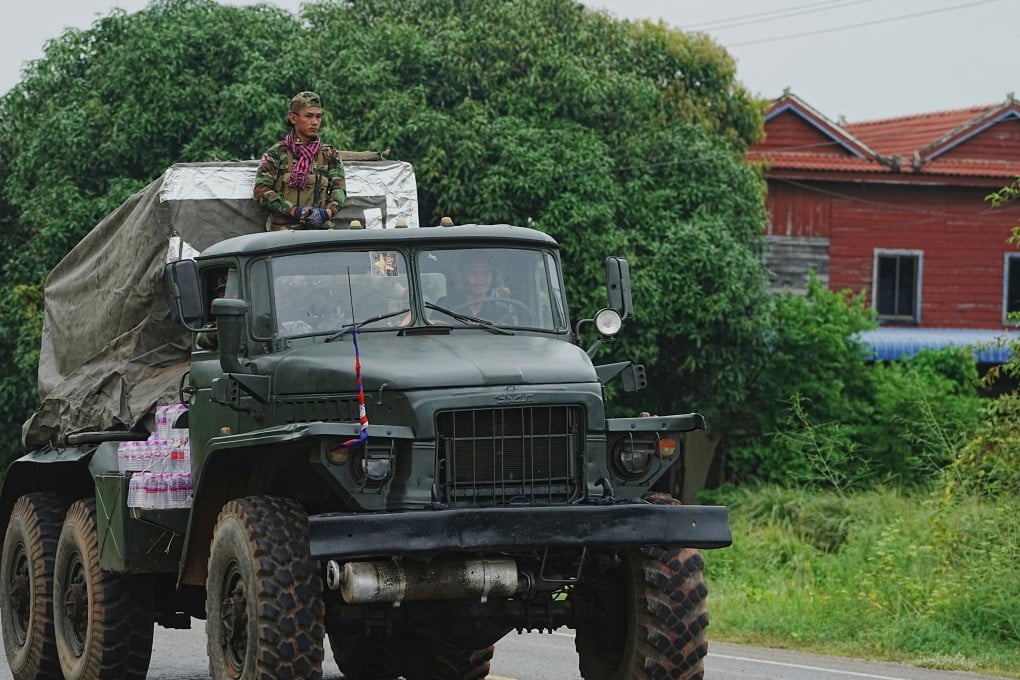
The fighting took a heavy toll on civilians. Thailand reported many casualties in border villages due to rocket attacks, while Cambodia confirmed 13 deaths on its side, including eight civilians.
The humanitarian crisis triggered large-scale evacuations: nearly 140,000 people were moved to shelters in Thailand and around 135,000 in Cambodia. Evacuees described the bombardments as worse than the Cambodian Civil War era. Even as peace talks were ongoing, reports of drone activity and shelling continued, leaving civilians in fear despite the ceasefire agreement.
International Pressure and Regional Monitoring Crucial to Enforcing Fragile Ceasefire and Lasting Peace Efforts
While Malaysia led the mediation effort, significant pressure came from the United States. Trump’s threat to freeze tariff negotiations likely drove both countries to act, as they rely heavily on U.S. exports and risked facing high tariffs up to 36% without a deal.
In contrast, regional competitors like Vietnam and Indonesia already enjoy reduced tariffs. ASEAN, including Malaysia, has offered to monitor the ceasefire. However, for peace to hold, both sides must agree to withdraw troops from the border and allow independent oversight to prevent further conflict.
Despite the ceasefire, mistrust remains deep between the two armies. Thai officials are particularly angered by the use of multiple rocket launchers, which caused significant civilian casualties and marked a major escalation from previous skirmishes. Nationalist sentiment is rising in both countries, complicating reconciliation efforts.
While both Cambodian Prime Minister Hun Manet and Thai acting Prime Minister Phumtham Wechayachai have pledged to honor the agreement, the situation on the ground remains volatile. Sustaining peace will require not just diplomacy, but active efforts to rebuild trust and prevent renewed violence.

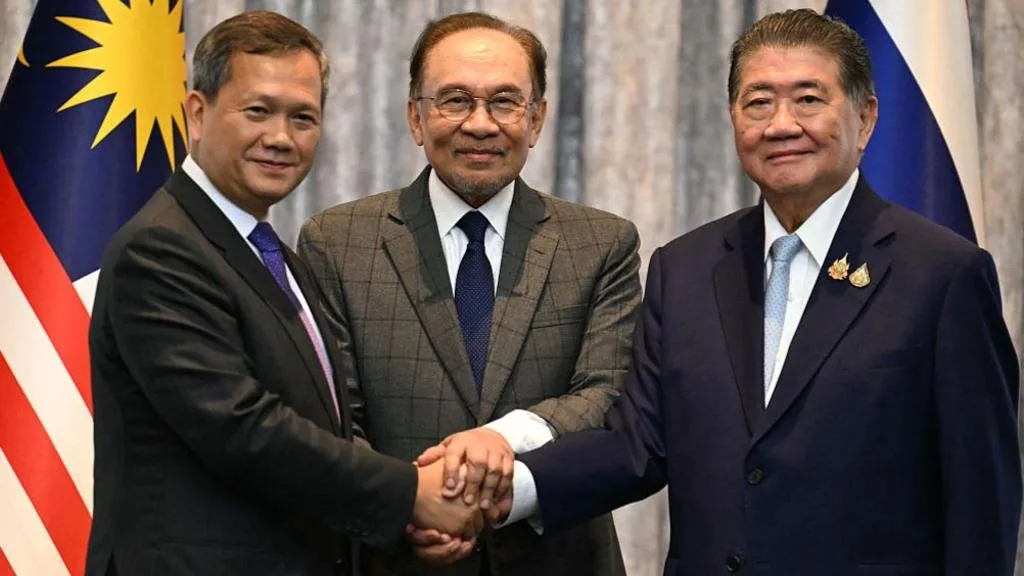





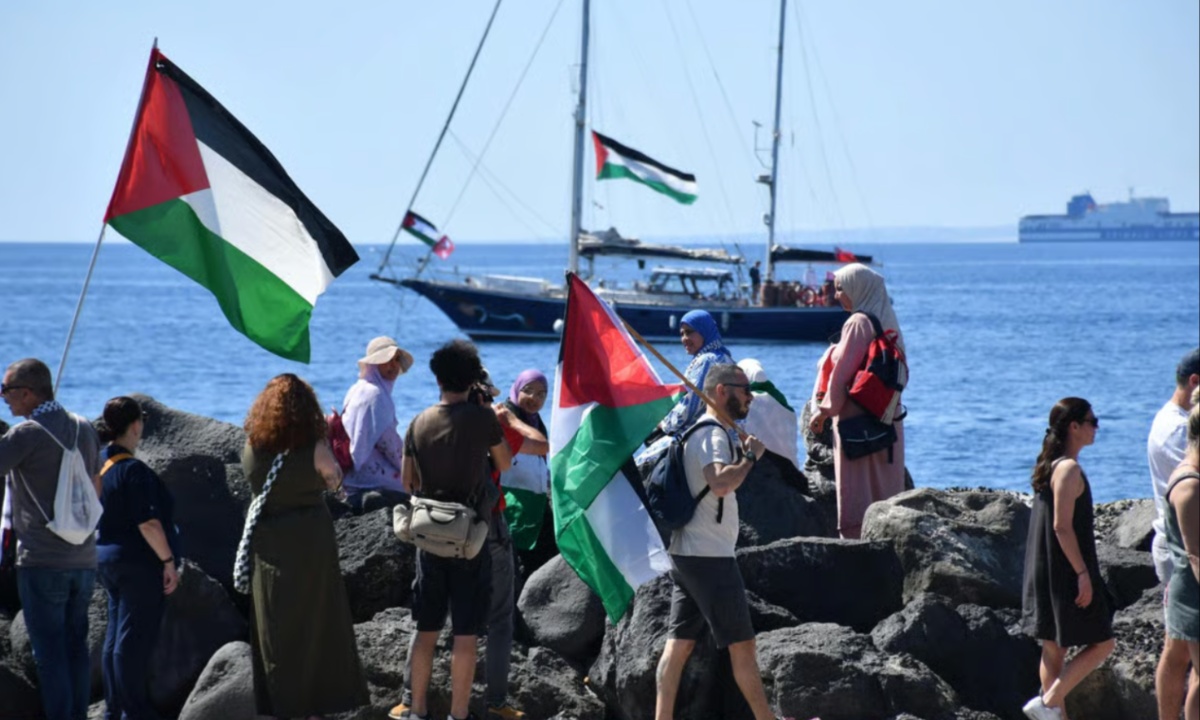
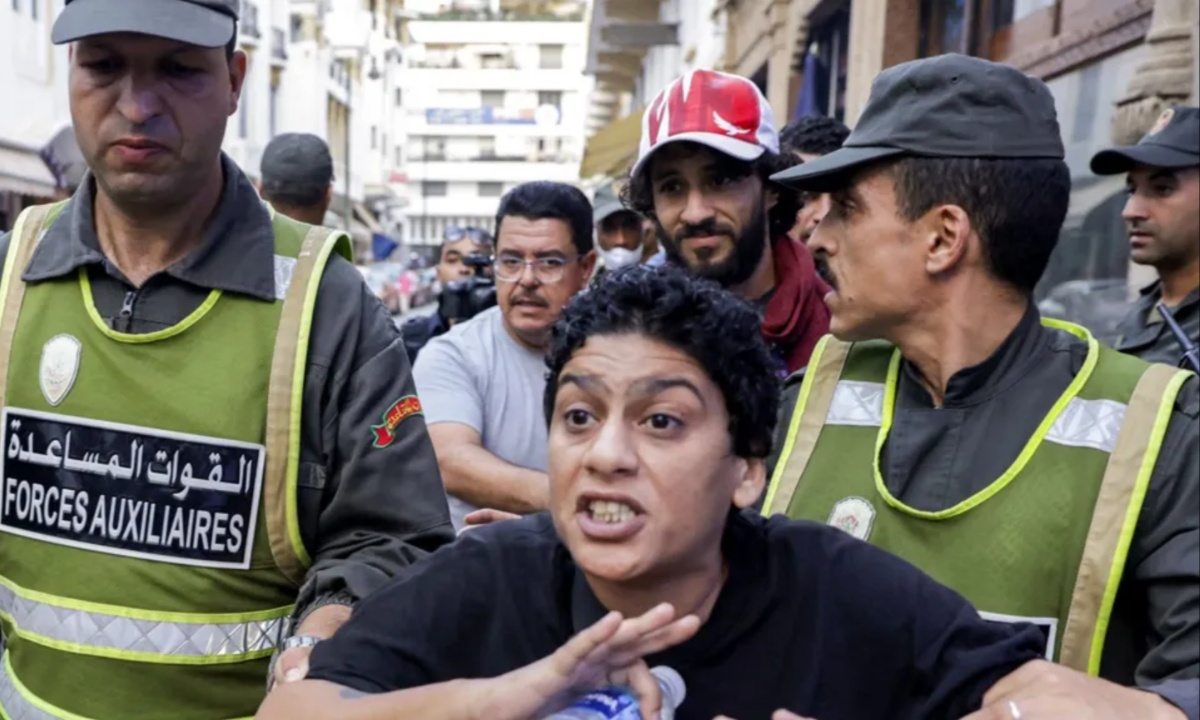
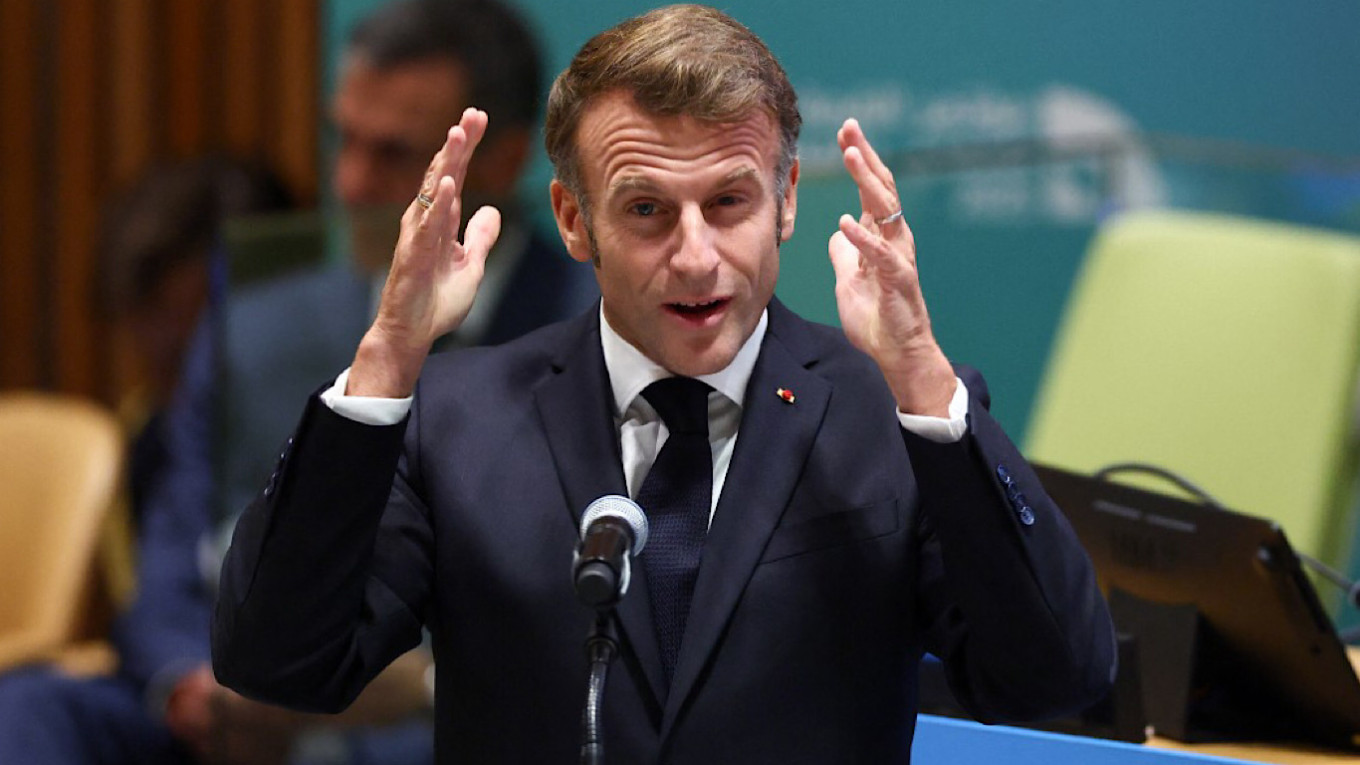
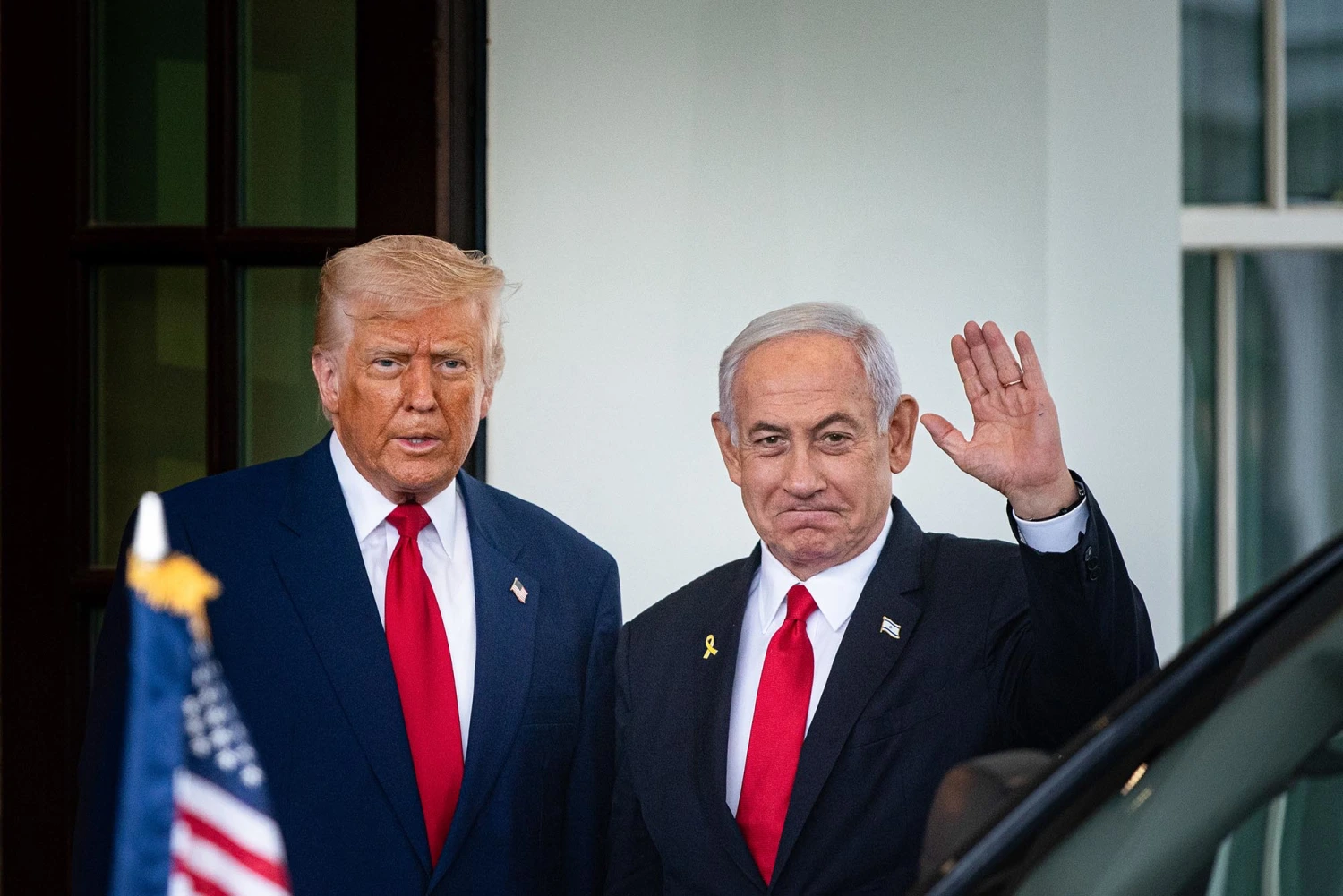
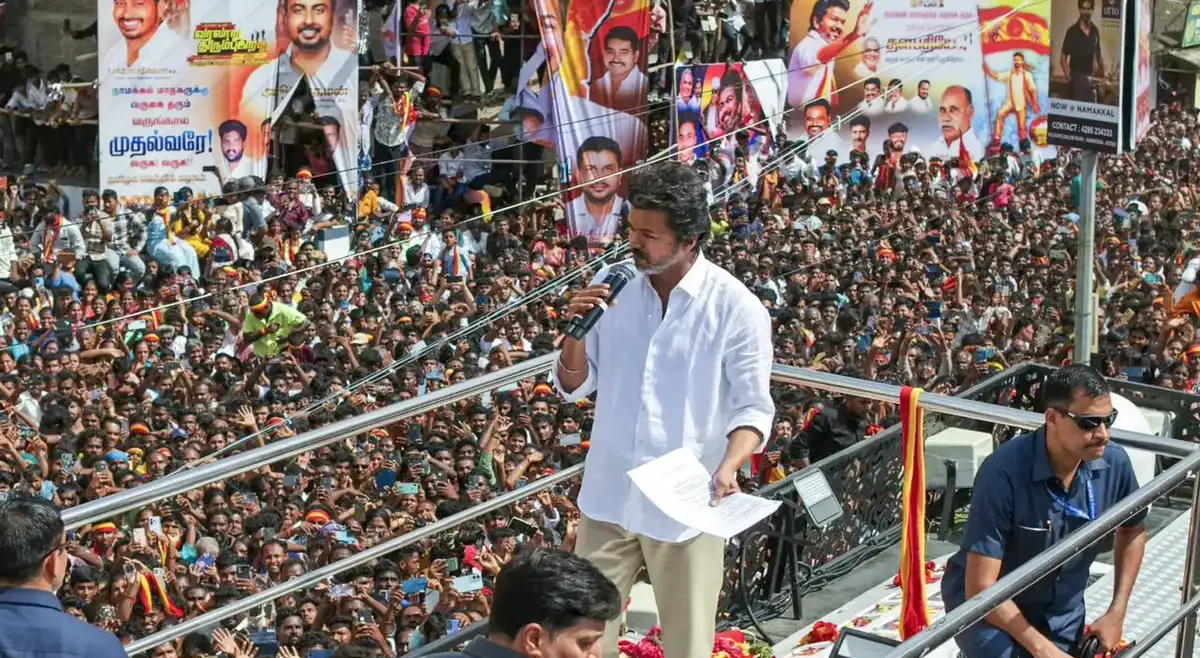
Leave a Reply